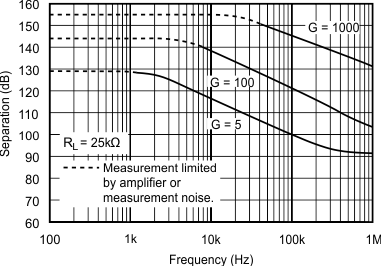ZHCSO32C September 2000 – January 2022 INA126 , INA2126
PRODUCTION DATA
- 1 特性
- 2 应用
- 3 说明
- 4 Revision History
- 5 Pin Configuration and Functions
- 6 Specifications
- 7 Detailed Description
- 8 Application and Implementation
- 9 Power Supply Recommendations
- 10Layout
- 11Device and Documentation Support
- 12Mechanical, Packaging, and Orderable Information
6.7 Typical Characteristics
at TA = 25°C, VS = ±15 V (unless otherwise noted)
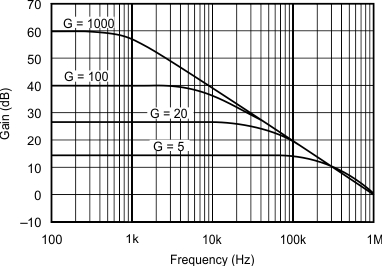
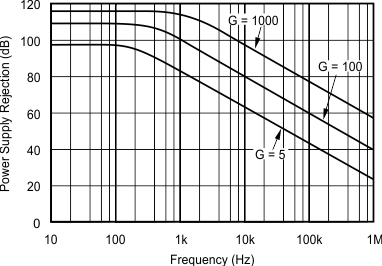
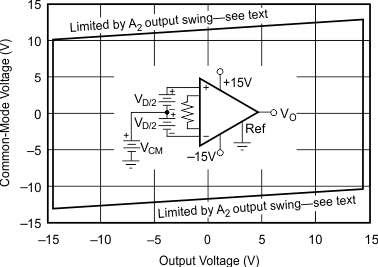
| VS = ±15 V |
vs Output Voltage
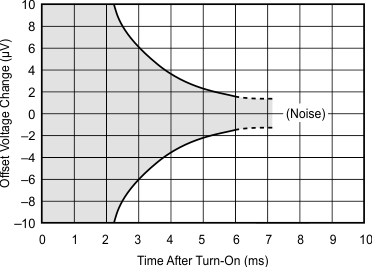
| G = 100 |
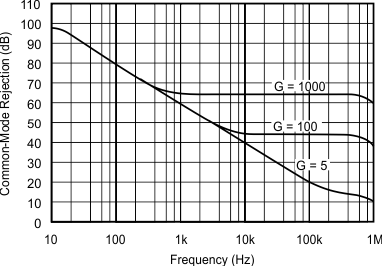
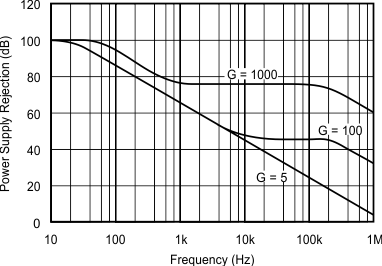
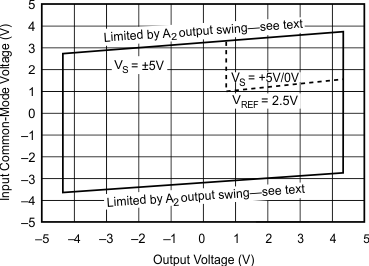
| VS = ±5 V |
vs Output Voltage
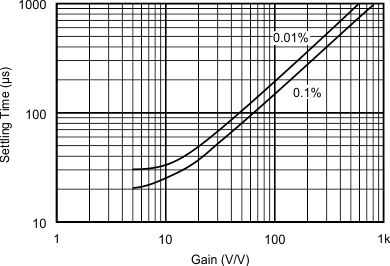
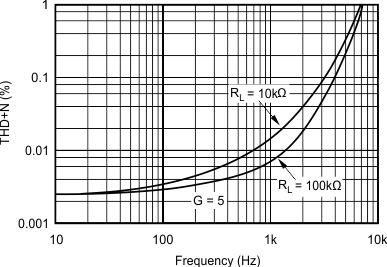
| G = 5 |
| G = 5 |
